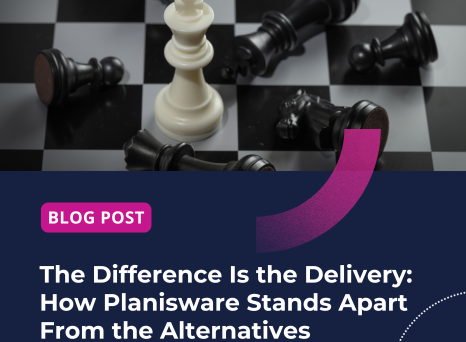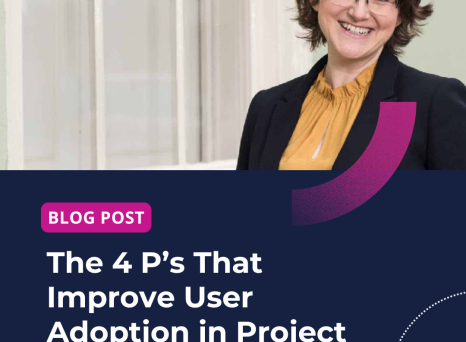“How has your business adjusted to the new market conditions?”, “What is Covid-19's lasting impact on your PPM processes?” These were some of the burning questions we discussed at Marcus Evans' 5th Medical Device Project & Portfolio Management conference. Following are some of the insights gathered by Olivier Fleischmann, Planisware specialist.
1. All eyes on the PMO
Pre-pandemic discussions among PPM professionals typically touched upon the challenges of demonstrating the value of the PMO function, despite not being new in any way. In Medtech, this certainly has changed.
Companies have been forced to take a brand-new look at elements that fall under the PMO's responsibility, including increasing the overall portfolio agility, anticipating risks and opportunities, and maximizing R&D pipeline value. Topics discussed at the conference revealed that PMOs are now empowered within their organization: they are finally given the keys to make long lasting changes to the portfolio.
2. Prioritization, risk management, and agility are the new PPM focuses
These topics have definitely been on our radar for years, but their role has never been so prominent in PPM:
- While some Medical Device companies saw a tremendous surge of demand for their medical equipment, others had to re-focus, assess new market opportunities and quickly reassign resources to high value products. This global disruption forced companies to look at their prioritization process in a more constant and dynamic way, leveraging a diverse set of prioritization techniques such as MoSCoW, Speed boat or Kano.
- Let's be real, no one ever tracked a global pandemic risk in a project, and this will not change. However, companies are leaning towards a more holistic way of tracking risks, which on top of the traditional scope, resources, and budget categories, now includes markets, environment, suppliers, and partners. Such a new approach not only increases the predictability of project success, but also forces leaders to think through all main drivers of project success.
- Cross-functional product plans are adopting Agile principles more than ever before. Topics such as “fail fast” and “water-scrum-fall” were discussed at length to encourage PMO leaders to expose their products to the market much earlier than before.
3. Maintaining productivity levels: challenging but possible
Maintaining pre-pandemic productivity levels has been a major challenge for medical device organizations, but some managed to do so by increasing their reliance on partners to run trials, overcome hardware development challenges, or even boost collaboration.
Interestingly, not all functions were impacted the same. A market leader noticed significant productivity improvements for members of their software development team: individuals were finally getting the calm and privacy they needed to perform. Clearly, such teams can expect post-pandemic work settings to be drastically different from the pre-pandemic one.
Finally, many presenters were pleasantly surprised at how much strong leadership combined with exceptional grit and resilience of their teams had reduced the impact of the pandemic on their companies. This time of extreme disruption is certainly not over, but we are already witnessing signals that the industry is getting more efficient.


